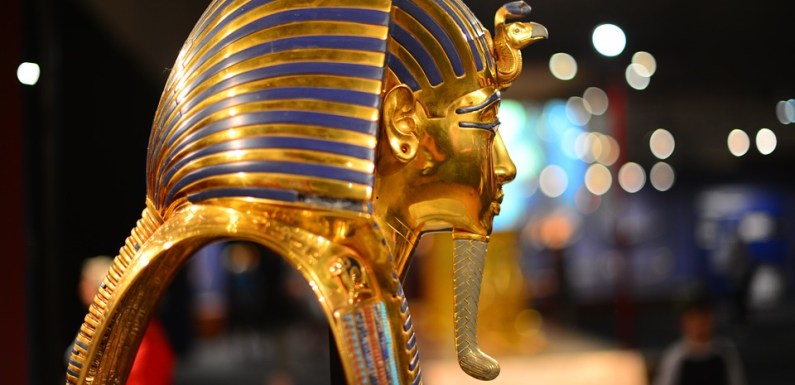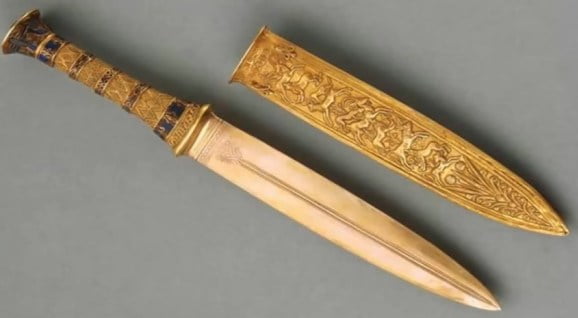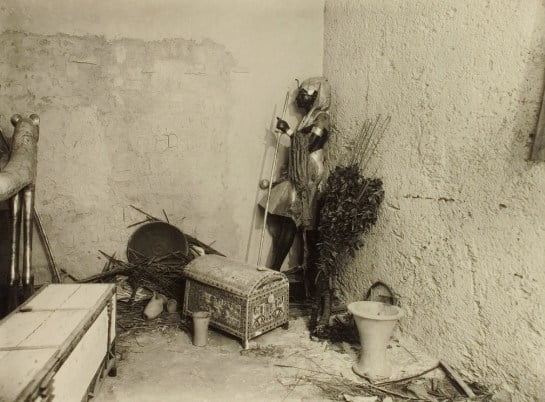
In accordance with a reviewed study, the iron dagger of the Pharaoh Tutankhamun has a unique extraterrestrial structure.
Researchers say that the metal advancement was very important in the human evolution. That’s why history sections ancient eras in ‘metal’ ages.
There are obvious breaks between the periods of copper, bronze and iron. Mainly, the beginning of the iron era has opened a deep discussion.
Ancient Egypt had a vast of mineral resources. The broad desert areas, namely, the Eastern desert, have an abundant supply of mines and quarries.
On the contrary, despite the important presence of iron minerals in ancient Egypt, the practical usage of iron in the Nile Valley happened later in the nearby countries, in the 1st millennium BCE. (source)
King Tut or Tutankhamun ruled from 1336 to 1327 BCE. However, he still continues to fascinate the archaeological society even today.
Researchers found out that the iron dagger that was once his belonging, had a composition of meteorite material.

The Italian-Egyptian researchers who led the study used X-ray fluorescence to examine the dagger which dates back to the XIV century BCE.
Hence, researchers solved the enigma behind one of the daggers found next to the Pharaoh at last. Namely, one of them has space origins since its composition is meteorite particles.
Actually, ancient Egypt already knew the mysterious origins of the dagger because they wrote about it in their ancient writings.
In earlier studies, researchers wrote: “The celestial or terrestrial origin of ancient Egyptian iron, and when its usage became common are contentious issues, which are subject to debate. The evidence is drawn from many areas, including architecture, language, and belief.”
The recent study in Meteoritics and Planetary Science only verified what everybody has been speculating for years.
Howard Carter and Lord Carnarvon found the tomb of Tutankhamun in 1922 prompting a constant scientific argumentation about the origins of the materials of the two daggers next to the body.

The whole debate came out justified. Ancient Egyptians didn’t have other antiques made from similar materials. This is why the dagger was more valuable than gold, explains Francesco Porcelli, professor of physics at the Polytechnic of Turin.
The dagger of Tutankhamun stirred the interest of researchers since its discovery.
It’s 35 cm and was rust free at the time when they discovered it together with the mummy of King Tut.
The composition of the iron dagger is 10 percent of nickel and 0,6 % cobalt.
„These are typical concentrations of meteorites. To think that they were the result of an alloy, at these concentrations, is impossible“ said Porcelli.
The study means that we can finally dismiss the speculations about the dagger and its unusual construction.
Journal Source: The meteoritic origin of Tutankhamun’s iron dagger blade









